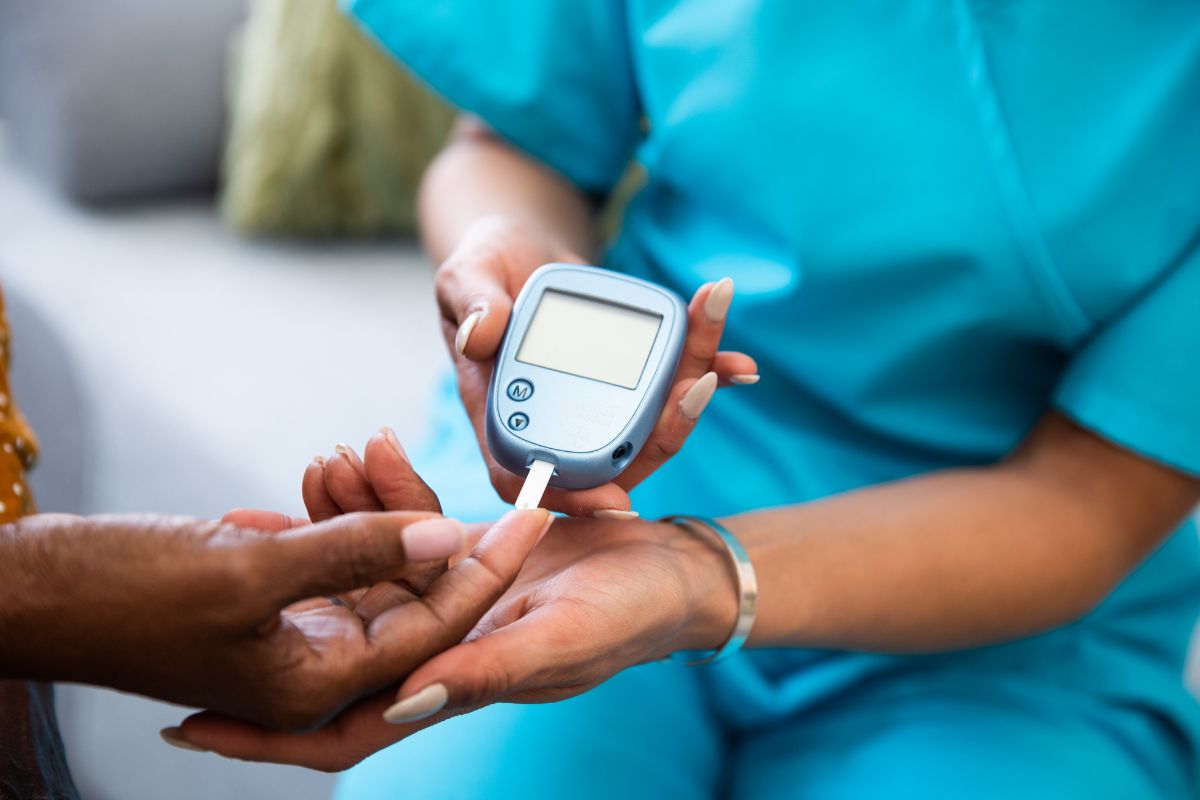Your cart is currently empty!
Light stimulation of mitochondria reduces blood glucose levels.

Michael B. Powner, Glen Jeffery
Abstract: Mitochondria regulate metabolism, but solar light influences its rate. Photobiomodulation (PBM) with red light (670 nm) increases mitochondrial membrane potentials and adenosine triphosphate production and may increase glucose demand.
Conclusion: Here we show, with a glucose tolerance test, that PBM of normal subjects significantly reduces blood sugar levels. A 15 min exposure to 670 nm light reduced the degree of blood glucose elevation following glucose intake by 27.7%, integrated over 2 h after the glucose challenge. Maximum glucose spiking was reduced by 7.5%. Consequently, PBM with 670 nm light can be used to reduce blood glucose spikes following meals. This intervention may reduce damaging fluctuations of blood glucose on the body.